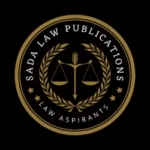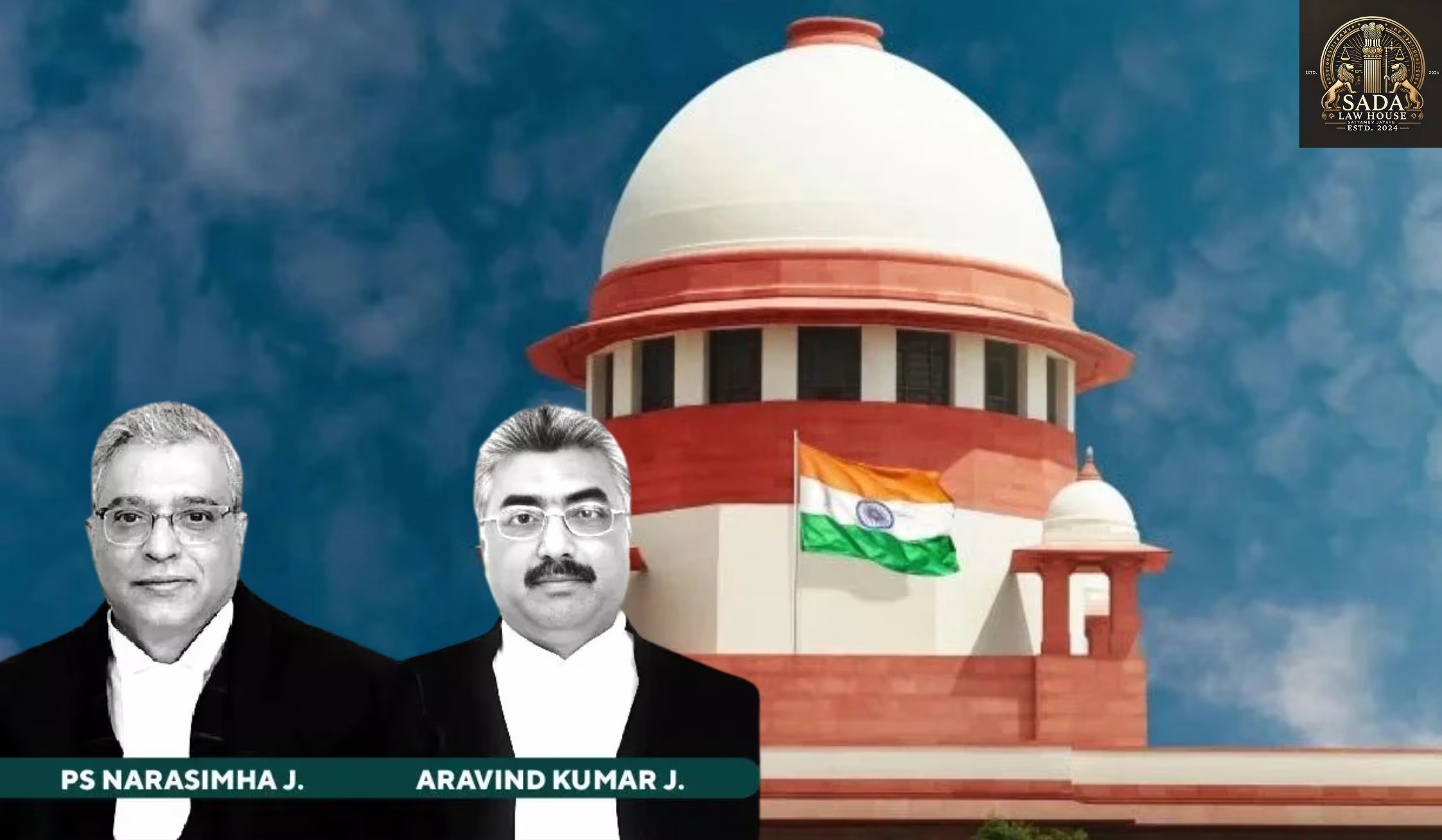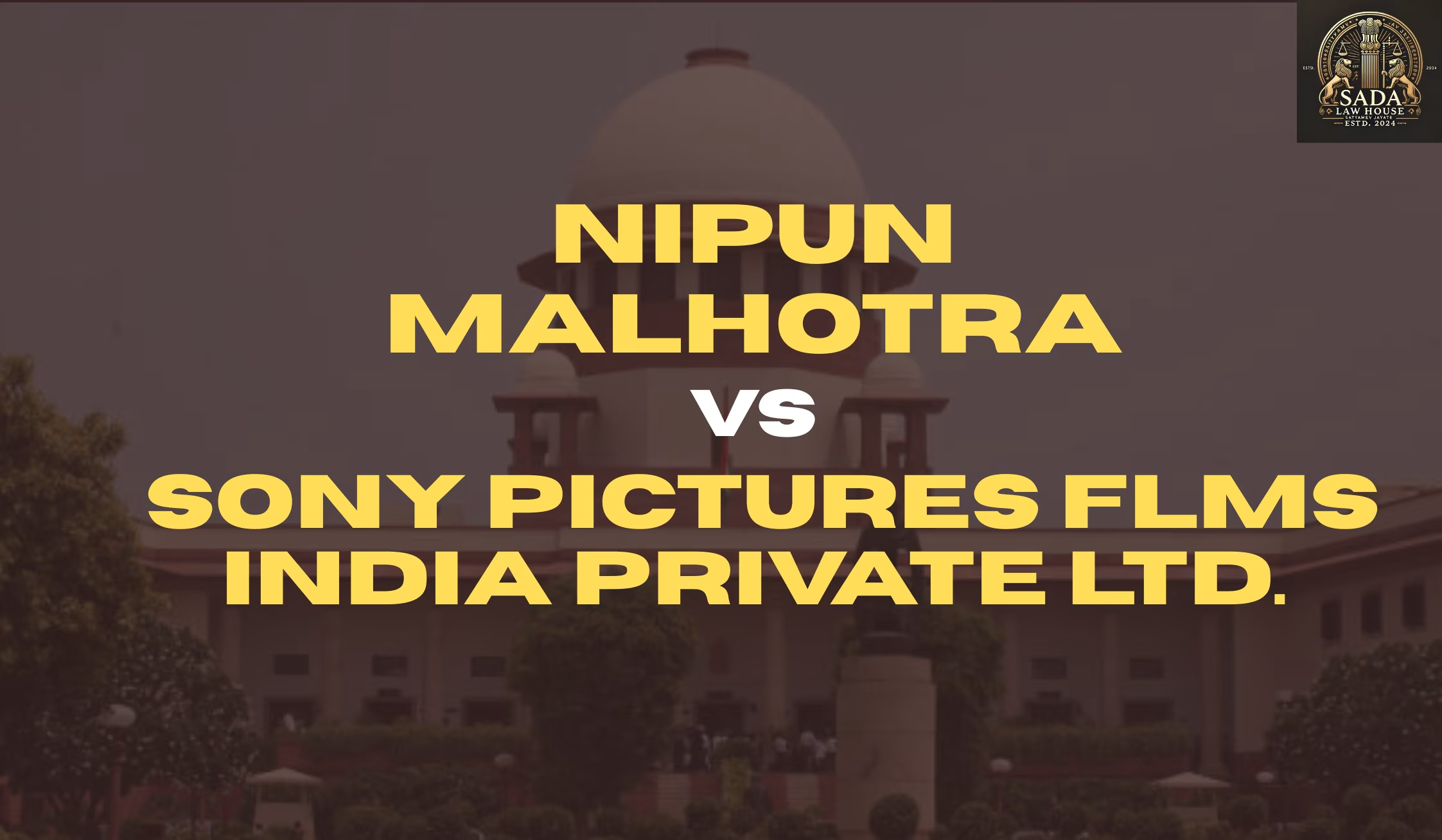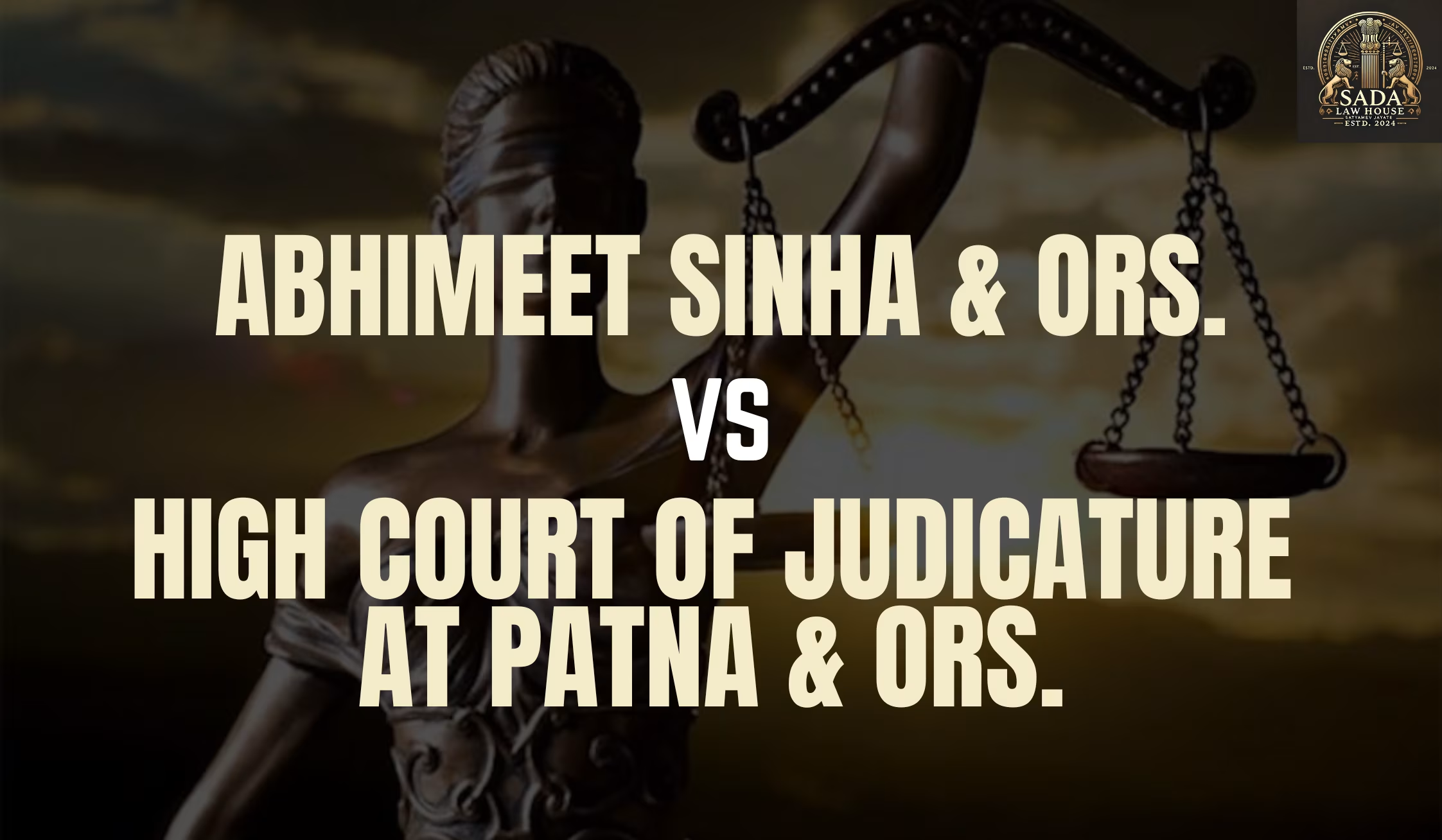Supreme Court Guidelines on Portrayal of Persons with Disabilities in Indian Cinema | Nipun Malhotra v. Sony Pictures (2024)
- REHA BHARGAV
- 06 June 2025
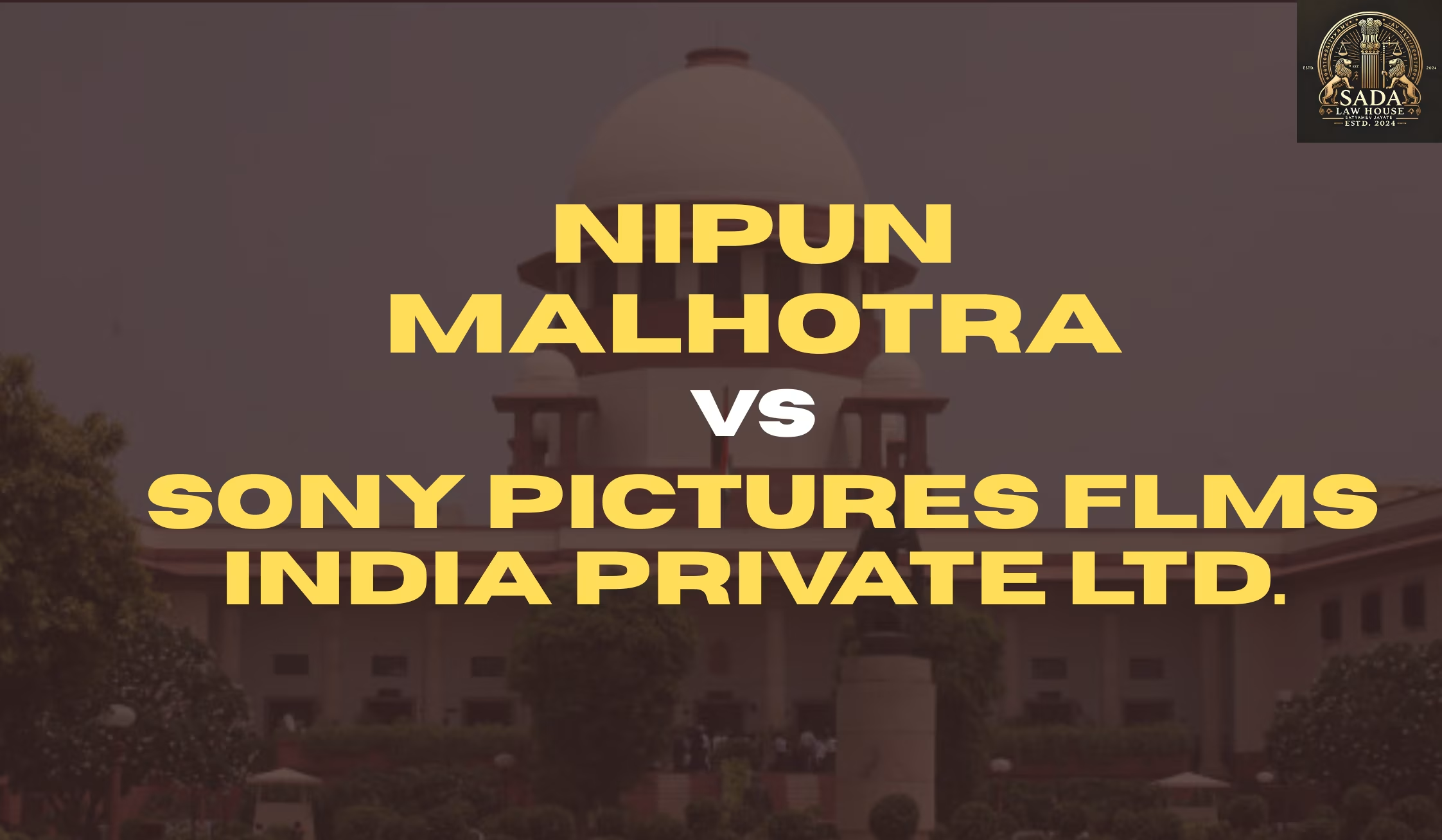
Discover the Supreme Court of India’s landmark judgment on the portrayal of persons with disabilities in cinema. Learn how the court balanced freedom of expression with dignity and respect for PwDs in the case of Nipun Malhotra v. Sony Pictures Films India Pvt. Ltd.
Introduction
The Supreme Court of India delivered a significant ruling on July 8, 2024, in the case of Nipun Malhotra v. Sony Pictures Films India Pvt. Ltd., addressing the portrayal of persons with disabilities (PwDs) in Indian cinema. This judgment highlights the delicate balance between artistic freedom and the rights of marginalized communities under the Rights of Persons with Disabilities Act, 2016 (RPwD Act).
Background of the Case
Facts
In October 2023, Sony Pictures released the trailer for Aankh Micholi, a film depicting a family concealing various disabilities. Disability rights activist Nipun Malhotra challenged the film, arguing that it perpetuated harmful stereotypes about PwDs and violated the RPwD Act by using derogatory language and misrepresenting disabilities.
Legal Issues
The primary issues revolved around whether the film’s portrayal infringed on the constitutional rights of persons with disabilities, including dignity and equality under Articles 14, 15, and 21 of the Indian Constitution. Another key question was whether the Central Board of Film Certification (CBFC) properly fulfilled its duty under the Cinematograph Act, 1952 in certifying the film.
Arguments Presented
Petitioner’s Claims
Misrepresentation and Stereotyping: The film allegedly reinforced negative stereotypes, promoting prejudice against PwDs.
Violation of RPwD Act, 2016: The portrayal was claimed to disrespect the dignity and equality guaranteed by the Act.
Constitutional Rights: The film was argued to violate fundamental rights related to equality and non-discrimination.
CBFC’s Failure: The Board was accused of neglecting its duty by certifying a film that could harm marginalized communities.
Demand for Punitive Measures: Malhotra sought damages and a public apology from Sony Pictures.
Respondent’s Defense
Freedom of Expression: Sony Pictures cited Article 19(1)(a) protecting creative freedom and artistic expression.
Intent and Context: The film intended to use humor empathetically, raising awareness rather than mocking disabilities.
CBFC Compliance: The certification process followed statutory guidelines and proper scrutiny.
Promoting Inclusion: The film aimed to highlight resilience and inclusion, aligning with the RPwD Act’s objectives.
No Malicious Intent: Humor was defended as a legitimate tool against stigma.
Supreme Court Judgment
The Supreme Court of India dismissed Nipun Malhotra’s petition, upholding the film’s certification and release. The Court emphasized:
The fundamental right to freedom of speech and expression protects creative works, including satire and humor.
The portrayal did not amount to unlawful discrimination or defamation under the RPwD Act.
The film’s message was considered inclusive, promoting resilience and dignity for PwDs.
The CBFC acted within its statutory powers, considering content and social sensitivities.
Filmmakers are encouraged to exercise responsible creativity without curbing artistic freedom.
Conclusion
The Nipun Malhotra v. Sony Pictures case sets a crucial precedent in balancing freedom of expression with the protection of the dignity and rights of persons with disabilities in Indian media. While upholding artistic freedom, the Supreme Court underlined the importance of sensitive and respectful portrayals of disabilities in cinema. This ruling encourages filmmakers to promote inclusivity and responsible representation while safeguarding their creative liberties.
Case Laws



